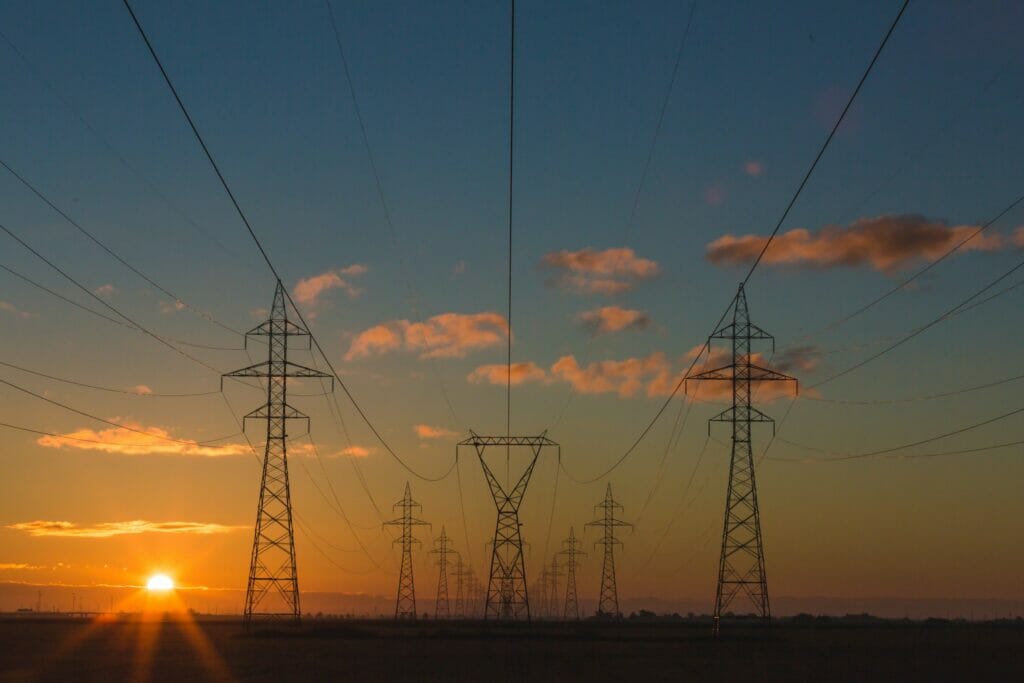In today’s rapidly evolving energy landscape, power grid companies play a pivotal role in facilitating the smooth and efficient distribution of electricity to consumers. With the increasing demand for clean energy and the fast-paced nature of the energy transition era, these companies must embrace agility and innovation to adapt to changing technologies and deliver value to their customers. This blog post aims to shed light on the crucial role of the Release Train Engineer (RTE) in power grid companies, specifically within asset management and network operation. We will explore how the RTE drives speed, time to market, and collaboration to ensure the agile release trains operate seamlessly and create value for both power companies and network operators.

The Agile Paradigm in Power Grid Companies
As power grid companies strive to keep pace with the ever-evolving energy landscape, adopting agile methodologies has become imperative for their success. Agile principles, characterized by flexibility, collaboration, and iterative development, enable these companies to respond swiftly to technological advancements and changing customer demands. In this context, the RTE emerges as a linchpin, orchestrating the agile release trains and aligning them with the organization’s overall strategic objectives.
The Role of the Release Train Engineer
- Driving Speed and Time to Market
In the dynamic energy transition era, speed and time to market are paramount. The RTE serves as the facilitator and enabler of speed by overseeing the timely execution of tasks and ensuring efficient collaboration between cross-functional teams. By fostering a culture of continuous improvement and rapid feedback loops, the RTE empowers teams to iterate quickly and deliver value at an accelerated pace. - Orchestrating Smooth Operation of Agile Release Trains
The RTE acts as the conductor, harmonizing the activities of multiple agile release trains within power grid companies. They facilitate seamless collaboration between teams by removing impediments, resolving conflicts, and promoting effective communication channels. The RTE ensures the agile release trains operate smoothly and efficiently by coordinating the flow of work, aligning dependencies, and optimizing resource allocation. - Collaborating with Product Management to Create Value
One of the core responsibilities of the RTE is to foster close collaboration with Product Management. By understanding the power grid company’s market needs, customer requirements, and strategic goals, the RTE ensures that the agile release trains are aligned with the creation of value. They act as a liaison between the development teams and product management, translating customer insights into actionable plans and guiding the prioritization of features and enhancements.
Conclusion
In the era of energy transition, power grid companies must adapt swiftly to changing technologies and market dynamics. The Release Train Engineer (RTE) role is critical in enabling these companies to navigate this transformation successfully. By driving speed, time to market, and fostering collaboration with product management, the RTE ensures that the agile release trains operate seamlessly and create value for both power companies and network engineers.
Read more on the latest changes to SAFe and our Agile Transformation Services as well as our SAFe Training.




